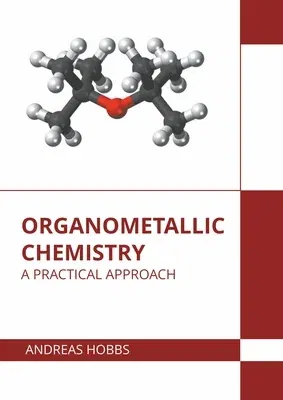Organometallic chemistry refers to the study of organometallic compounds
that have at least one chemical bond between a metal and a carbon atom
of an organic compound. This metal can be alkaline earth, alkaline,
transition metals and sometimes metalloids like tin, boron and silicon.
Carbon monoxide, carbide and cyanide are some of the common
organometallic compounds. These compounds are used as catalysts in a
wide range of industrial chemical reactions. Some of the important
reactions that organometallic compounds undergo are electron transfer,
cyclometalation, nucleophilic abstraction, transmetalation and
organometallic substitution reaction. This field of study draws from the
areas of organic and inorganic chemistry. The various sub-specialties of
this discipline are organolithium chemistry, organoaluminium chemistry,
organotitanium chemistry, organosilver chemistry, organoplatinum
chemistry and organouranium chemistry. This book attempts to understand
the multiple branches that fall under the discipline of organometallic
chemistry. Different approaches, evaluations, methodologies and advanced
studies related to this discipline have been included herein. Constant
effort has been made to make the understanding of the difficult concepts
of this field as easy and informative as possible, for the readers.

